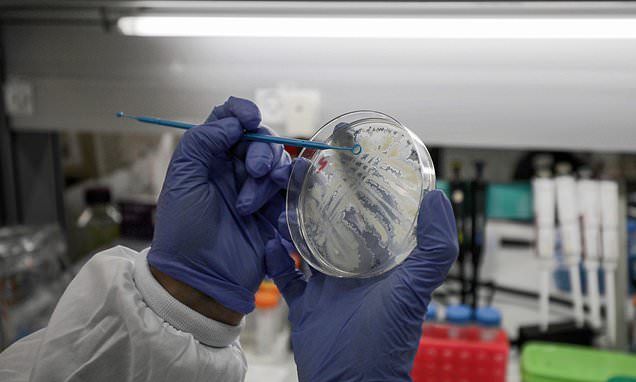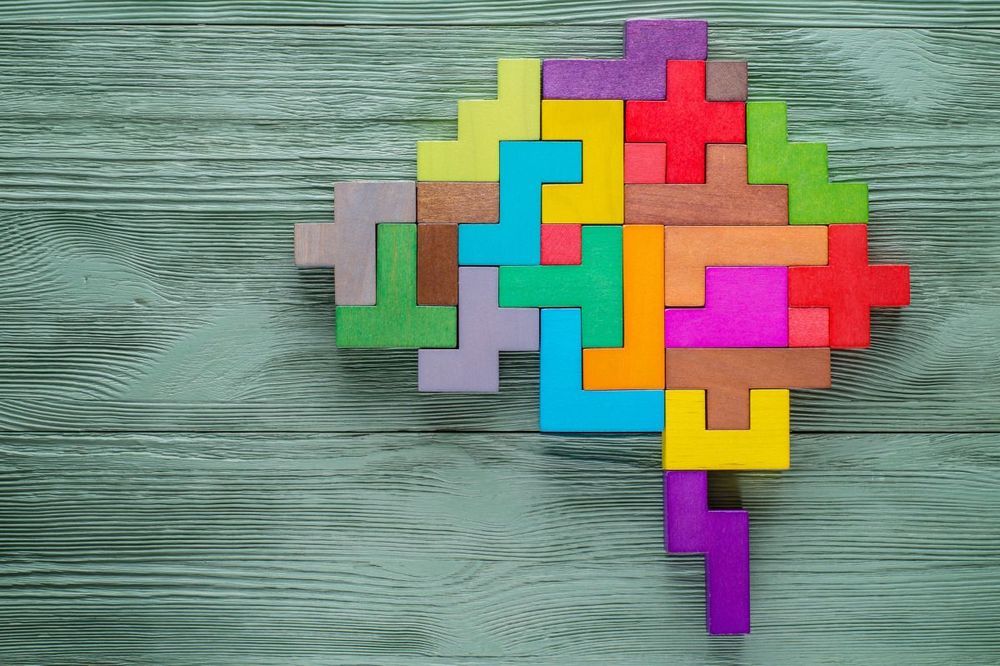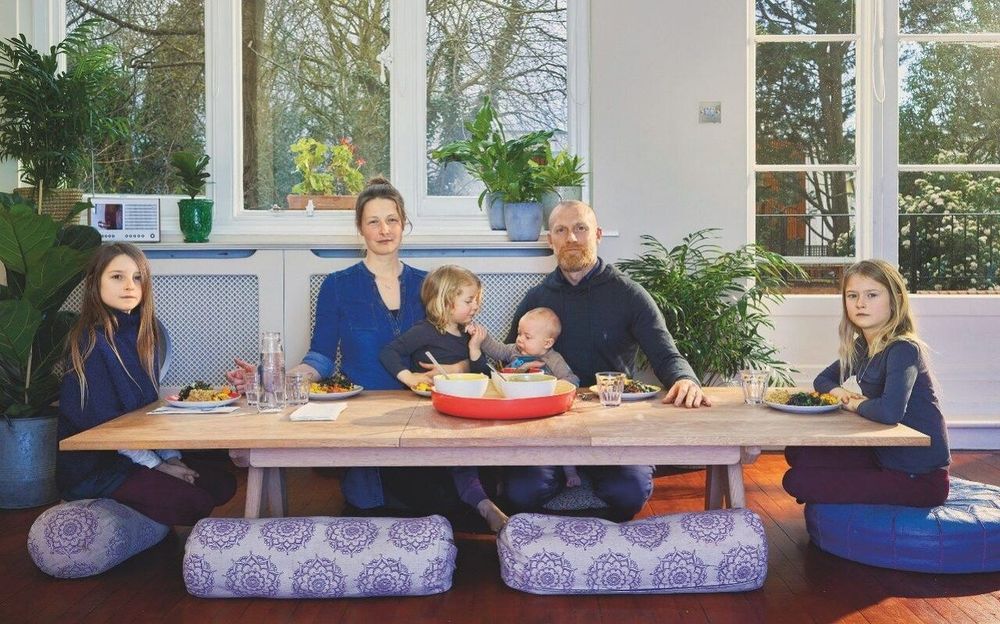Mar 6, 2020
NASA Awards Launch Services Contract for the Psyche Mission
Posted by Roderick Reilly in category: space travel
NASA has selected SpaceX of Hawthorne, California, to provide launch services for the agency’s Psyche mission. The Psyche mission currently is targeted to launch in July 2022 on a Falcon Heavy rocket from Launch Complex 39A at Cape Canaveral Air Force Station in Florida.
The total cost for NASA to launch Psyche and the secondary payloads is approximately $117 million, which includes the launch service and other mission related costs.
The Psyche mission will journey to a unique metal-rich asteroid, also named Psyche, which orbits the Sun between Mars and Jupiter. The asteroid is considered unique, as it appears to largely be made of the exposed nickel-iron core of an early planet – one of the building blocks of our solar system.
 NASA has selected SpaceX of Hawthorne, California, to provide launch services for the agency’s
NASA has selected SpaceX of Hawthorne, California, to provide launch services for the agency’s 
















